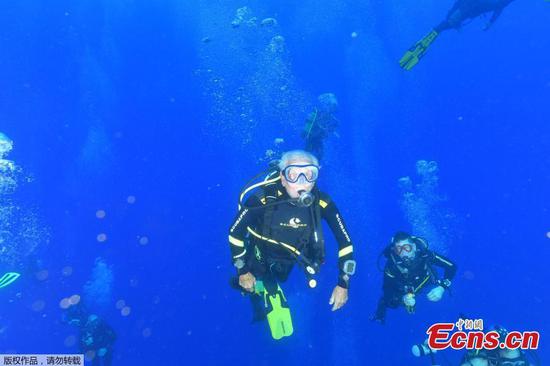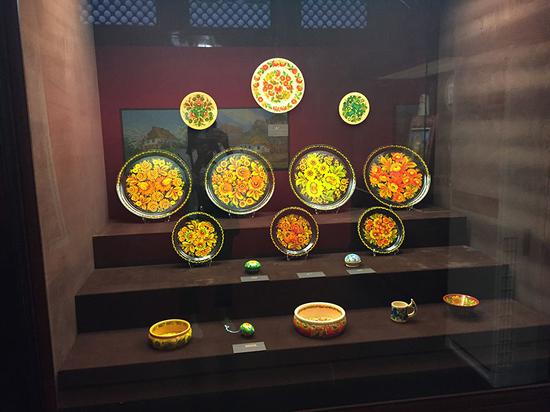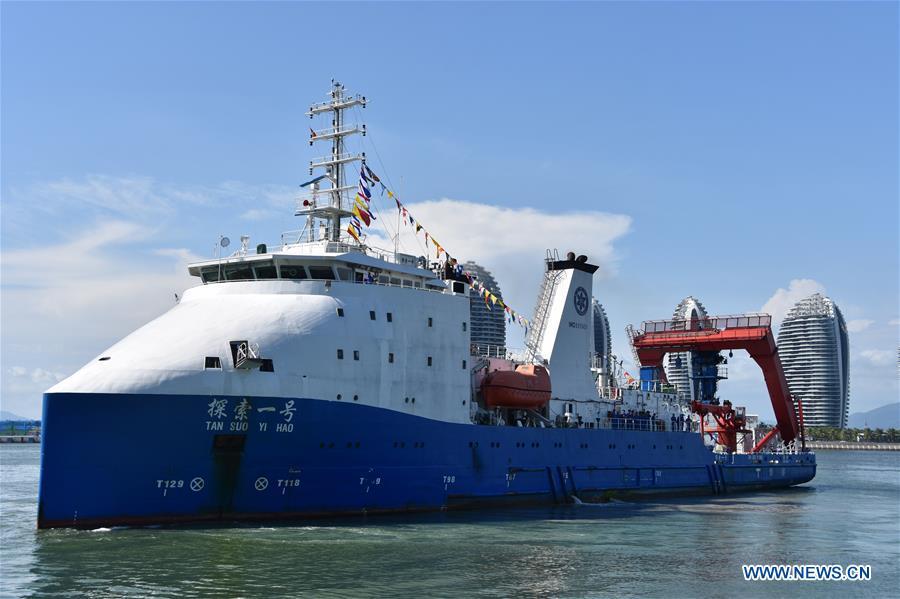
The oceanic research vessel Tansuo-1 returns to the home port in Sanya, south China's Hainan Province, Oct. 16, 2018. A team of 59 Chinese researchers returned Tuesday to Sanya from the Mariana Trench after completing a 54-day, 7,292-nautical-mile deep-sea research mission. (Xinhua/Liu Deng)
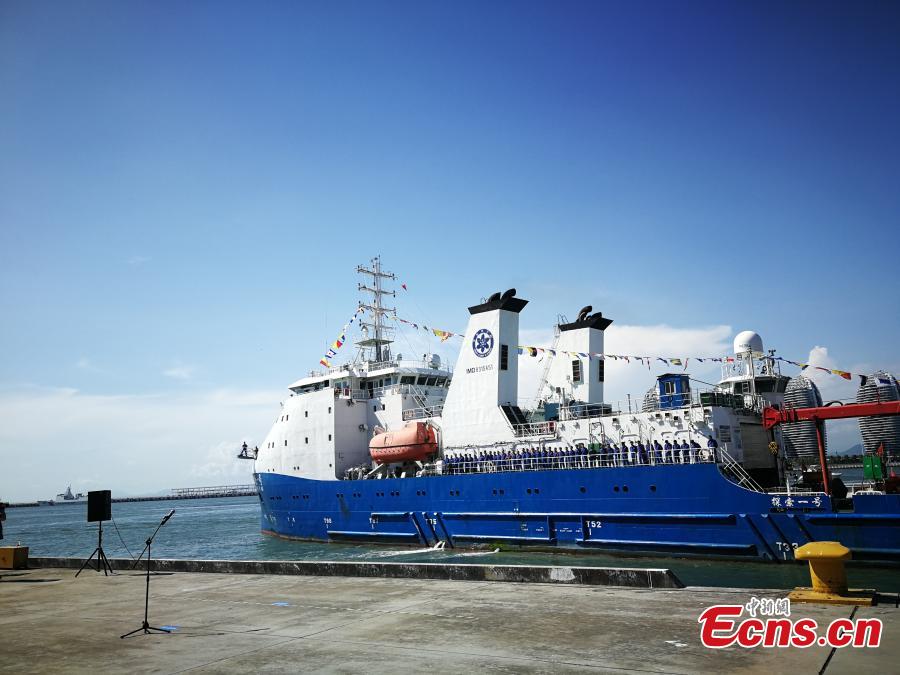
The oceanic research vessel Tansuo-1 returns to the home port in Sanya, south China's Hainan Province, Oct. 16, 2018. A team of 59 Chinese researchers returned Tuesday to Sanya from the Mariana Trench after completing a 54-day, 7,292-nautical-mile deep-sea research mission.(Photo: China News Service/ Liu Yufei)
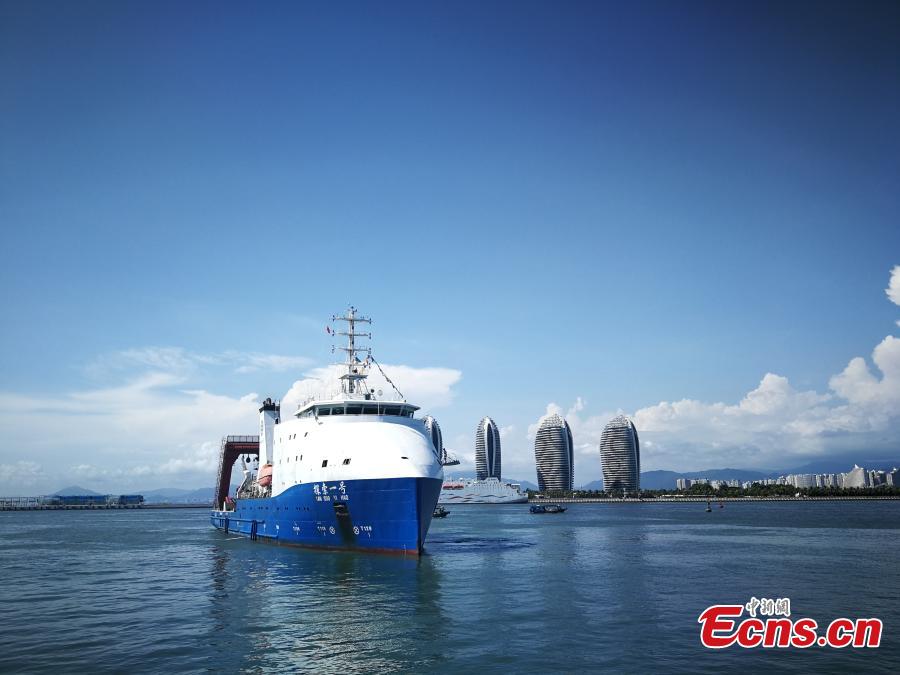
The oceanic research vessel Tansuo-1 returns to the home port in Sanya, south China's Hainan Province, Oct. 16, 2018. A team of 59 Chinese researchers returned Tuesday to Sanya from the Mariana Trench after completing a 54-day, 7,292-nautical-mile deep-sea research mission.(Photo: China News Service/ Liu Yufei)
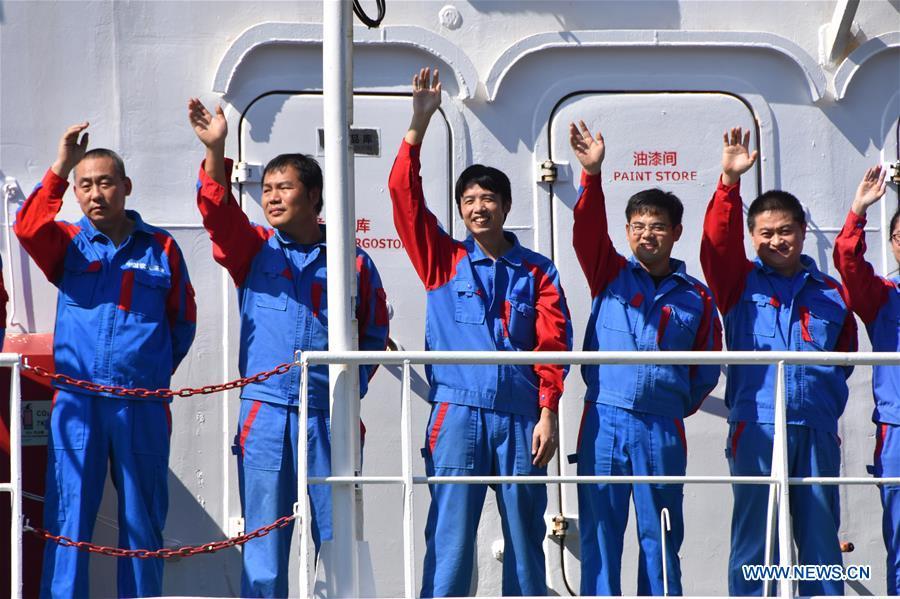
Scientists of the expedition greet the welcoming crowd after returning to the home port in Sanya, south China's Hainan Province, Oct. 16, 2018. A team of 59 Chinese researchers returned Tuesday to Sanya from the Mariana Trench after completing a 54-day, 7,292-nautical-mile deep-sea research mission. (Xinhua/Liu Deng)

A conference on displaying the fruitful results in the deep-sea research mission is held at the Institute of Deep-sea Science and Engineering of the Chinese Academy of Sciences in Sanya, south China's Hainan Province, Oct. 16, 2018. A team of 59 Chinese researchers returned Tuesday to Sanya from the Mariana Trench after completing a 54-day, 7,292-nautical-mile deep-sea research mission. (Xinhua/Liu Deng)
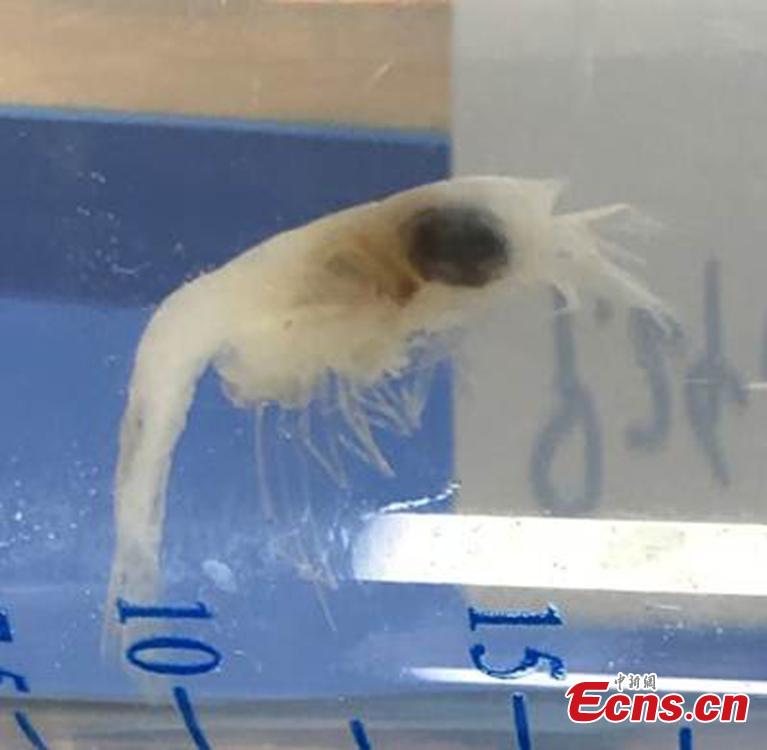
The photo shows a biological sample collected by oceanic research vessel Tansuo-1 from the Mariana Trench. A team of 59 Chinese researchers returned Tuesday to Sanya in southern Hainan Province from the Mariana Trench after completing a 54-day, 7,292-nautical-mile deep-sea research mission. Researchers have achieved fruitful results in a mission that includes a deep-sea equipment test and scientific research in disciplines such as geophysics, marine geology, geochemistry and marine biology. During the expedition, two 7,000-meter-class deep-sea gliders operated continuously for 46 days, making it the only abyss-class glider in the world that can work continuously for that period of time.(Photo: China News Service/ Liu Yufei)
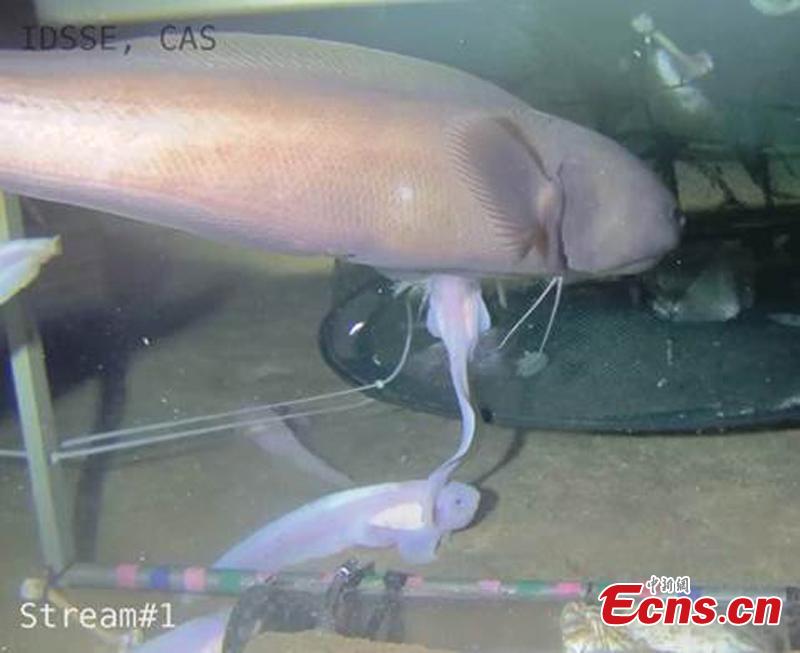
The photo shows a biological sample collected by oceanic research vessel Tansuo-1 from the Mariana Trench. A team of 59 Chinese researchers returned Tuesday to Sanya in southern Hainan Province from the Mariana Trench after completing a 54-day, 7,292-nautical-mile deep-sea research mission. Researchers have achieved fruitful results in a mission that includes a deep-sea equipment test and scientific research in disciplines such as geophysics, marine geology, geochemistry and marine biology. During the expedition, two 7,000-meter-class deep-sea gliders operated continuously for 46 days, making it the only abyss-class glider in the world that can work continuously for that period of time.(Photo: China News Service/ Liu Yufei)
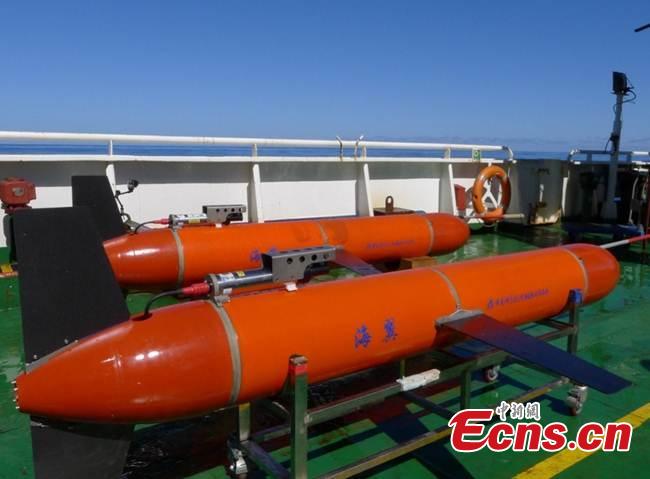
A team of 59 Chinese researchers returned Tuesday to Sanya in southern Hainan Province from the Mariana Trench after completing a 54-day, 7,292-nautical-mile deep-sea research mission. Researchers have achieved fruitful results in a mission that includes a deep-sea equipment test and scientific research in disciplines such as geophysics, marine geology, geochemistry and marine biology. During the expedition, two 7,000-meter-class deep-sea gliders operated continuously for 46 days, making it the only abyss-class glider in the world that can work continuously for that period of time.(Photo: China News Service/ Liu Yufei)
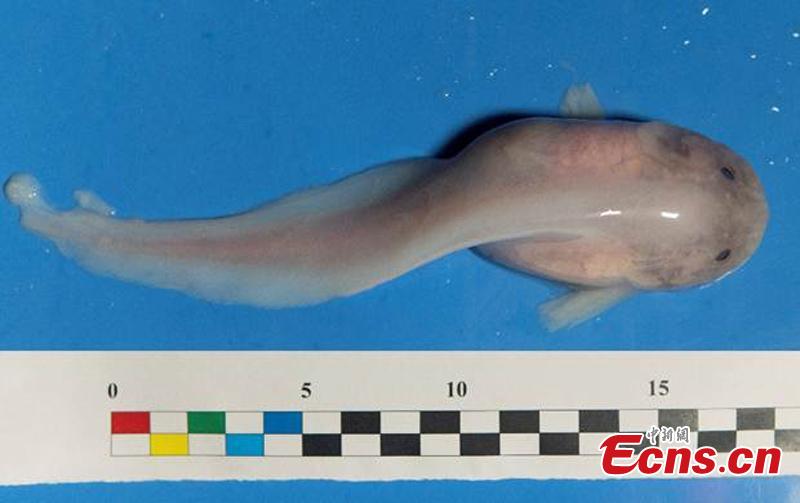
The photo shows a biological sample collected by oceanic research vessel Tansuo-1 from the Mariana Trench. A team of 59 Chinese researchers returned Tuesday to Sanya in southern Hainan Province from the Mariana Trench after completing a 54-day, 7,292-nautical-mile deep-sea research mission. Researchers have achieved fruitful results in a mission that includes a deep-sea equipment test and scientific research in disciplines such as geophysics, marine geology, geochemistry and marine biology. During the expedition, two 7,000-meter-class deep-sea gliders operated continuously for 46 days, making it the only abyss-class glider in the world that can work continuously for that period of time.(Photo: China News Service/ Liu Yufei)












